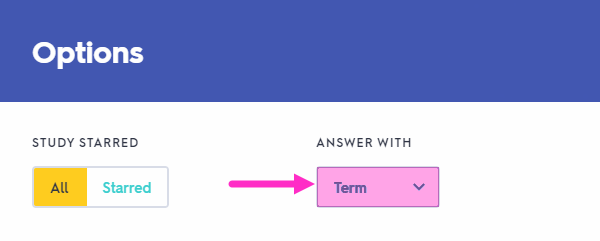Week 2 Assignment 1: Create a Quick-Reference Tool/Visual Aid
Week 2 Assignment 1: Create a Quick-Reference Tool/Visual Aid
Week 2 Assignment 1: Create a Quick-Reference Tool/Visual Aid
Value: Complete/Incomplete
Due: Day 7
Grading Category: Assignments
Overview
The goal for this assignment is to develop a quick-reference tool or visual aid (for example, table, diagram, or chart) that you could use in actual practice that compares and contrasts the four main types of acid-base imbalances. This is your opportunity to let your creativity shine!
Instructions
Think about what is most important for you to know about the four main types of acid-base imbalances—metabolic acidosis, metabolic alkalosis, respiratory acidosis, and respiratory alkalosis.
Summarize your findings into a quick-reference tool or visual aid resource (for example, table, diagram, or chart) that you can carry with you that you could use in actual practice. Examples include:
- A reference card you can attach to your nursing ID.
- An image you can save on your phone for quick access.
- A “cheat sheet” that can be attached to a clipboard or other work-related tool.
Think about what type of resource will work best for you as you move along in your studies and nursing practice.
Include the following for each type of imbalance in your quick-reference tool or visual aid:
- Common causes
- How the body compensates
- Expected laboratory findings
- Expected patient signs (subjective)
- Expected patient symptoms (objective)
Please refer to the Grading Rubric for details on how this activity will be graded.
To Submit Your Assignment:
- Select the Add Submissions button.
- Drag or upload your file to the File Picker.
- Select Save Changes.
Week 2: Learning Materials
Readings
Required
- VanMeter, K. C., & Hubert, R. J. (2018). Gould’s pathophysiology for the health professions. (6th ed.). Elsevier Saunders.
- Chapter 2: Fluid, Electrolyte, and Acid-Base Imbalances
- SOAP Notes
- Podder V., Lew, V., & Ghassemzadeh, S. SOAP Notes. [Updated 2020 Apr 11]. In: StatPearls [Internet]. Treasure Island (FL): StatPearls Publishing; 2020 Jan.
Recommended
- VanMeter, K. C., & Hubert, R. J. (2018). Study guide for Gould’s pathophysiology for the health professions. (6th ed.). Elsevier Saunders.
- Complete Study Guide Chapter 2
Video
This lecture discusses the basic components of a SOAP note. For the purpose of this course, we will focus on how the pathophysiology we are studying will present in your patient as subjective and objective data. This is the start of your SOAP note. As you progress in your studies, you will begin to develop your skills in assessment and planning. While we will not cover assessment and planning in depth in this course, begin to think about how the disease process and the pathophysiology we are studying present in a patient and how that will be documented in a SOAP note. It will help you significantly in later courses to begin framing your thought process in this way.
Click here to ORDER an A++ paper from our Verified MASTERS and DOCTORATE WRITERS: Week 2 Assignment 1: Create a Quick-Reference Tool/Visual Aid
Clinician’s Corner: Writing a Good Progress Note (7:08 Minutes)
Clinician’s Corner: Writing a Good Progress Note Video Transcript
Video Lectures Recommended
The following video lectures are intended to augment your learning this week. Although not required viewing, it is highly suggested that you take the time to review as many of these videos as your time will allow. The list looks quite long but, don’t panic; many are less than 10 minutes in length.
Acid-Base Balance (14:10 Minutes)
Acid-Base Balance Video Transcript
Electrolyte Imbalance (42:55 Minutes)
Electrolyte Imbalance Lecture Video Transcript
Fluid Distribution (27:23 Minutes)
Week 2 Quizlet Game
Instructions
The Quizlet Game is designed to help you become familiar with terms and concepts from the chapter in an interactive format. There are many different modes, so please utilize this tool however it works best for you. If you need an alternative format, please reach out to your course faculty. Note: When using gravity mode, please make sure to select “Answer with Term.”

Electrolyte, Acid-Base and Fluid Balance

